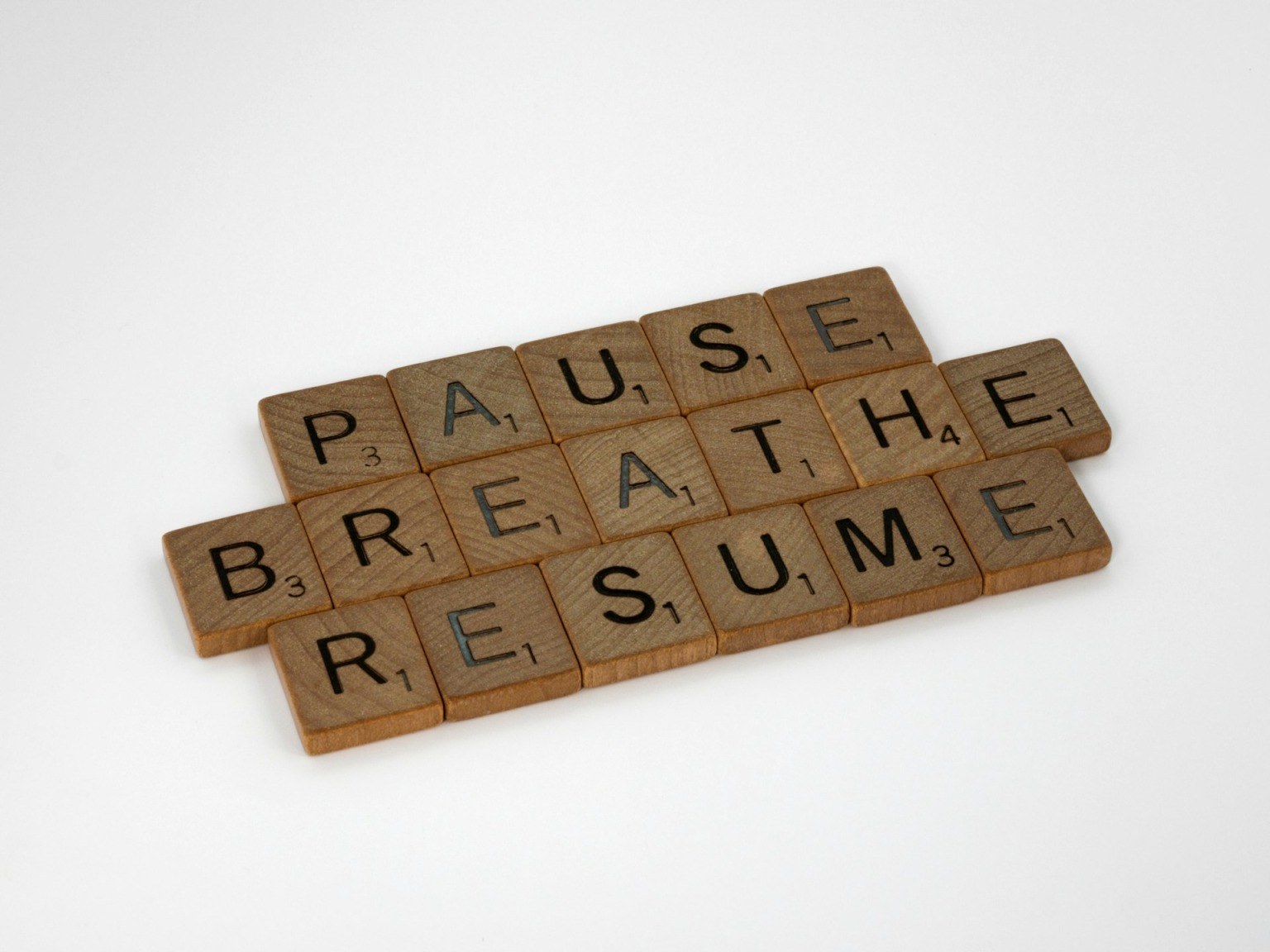
The pause
Aglaia (Lina) Ntokou

At our core, we believe that reading can be a powerful bridge between personal and professional growth, no matter the field. With that in mind, we have curated a list of books we believe are worth reading by anyone who wants to broaden their horizons, learn from new perspectives, and deepen their knowledge across a variety of topics. In this article, three GWiS members - Tatiana, Antonia, and Katerina - share their top recommendations.
Tatiana’s must-read books:
Tatiana Charikleia Styliari, PhD | Lead Design Researcher, Deloitte, UK
Antonia’s recommendation:
Book title: «Range: How generalists triumph in a specialized world.»
This one is a favourite read and a main suggestion to other people, because it challenges the common belief that specialisation from an early age is the only way to success. Through several analyses of examples, the reader can easily realize how important broader knowledge and experience are, especially in an ever-changing environment. One of the key lessons one takes away from this approach is that exploring different fields can lead to better adaptability and creativity, often leading us to excellent results. I was struck by how many successful people did not follow a strictly defined path but experimented with different fields before finding their calling.
I recommend it to those interested in personal development, education, and professionals who may feel "trapped" in an overly specialized career. It is not necessary to have a specific background, but I believe that those at a career or education crossroads will find it particularly useful.
Antonia Sikotakopoulou, M.Sc. | R&D Engineer, Dresden University of Technology, Germany
Reading is to the mind what exercise is to the body.
Katerina’s recommended books:
Book title: «The Man Who Mistook His Wife for a Hat.»
The Man Who Mistook His Wife for a Hat by Oliver Sacks is one of those books that completely changes the way you see the human brain. Instead of a dry, textbook approach, Sacks takes the reader on a journey through real-life cases of people with rare and fascinating neurological disorders. One of the key stories of the book is about Dr. P, a man with visual agnosia who can identify objects but not faces, leading to the moment he literally mistakes his wife for a hat. What makes this book so special is that it blends science with incredible storytelling. Each case feels like a mystery to unravel, making complex brain functions both accessible and deeply human. This is a must-read for anyone who is curious about how the brain works and how it shapes everything we experience.
Beyond the fascinating cases, the book highlights just how intricate and fragile our brains are; small changes can completely alter perception, memory, or even personality. It is also a testament to human resilience. Many of the ’ patients find ways to adapt, showing how the brain can rewire itself in surprising ways. Another key lesson is the importance of empathy in science and medicine. The author doesn’t just describe his patients’ conditions; he brings out their humanity, making it clear that understanding the brain isn’t just about neurons and synapses; it’s about people.
I highly recommend this book to anyone in STEM, especially those in neuroscience, psychology, or medicine, but also to those who are simply fascinated by the human mind. Over the years, it has become a classic in the field, making complex neurological phenomena both accessible and deeply compelling. Engaging and thought-provoking, it is the kind of book that stays with you long after you have finished, challenging your understanding of the brain while also deepening your appreciation for the people behind the science.
Book title: «How to Win Friends and Influence People.»
This book is highly recommended to anyone looking to improve their communication, leadership, and relationship-building skills, especially in STEM fields, where collaboration and influence are key. It offers practical strategies for building trust, handling difficult conversations, and making a lasting impact in both professional and personal interactions. The core message is simple: people respond best when they feel valued and understood, and small changes in how we communicate can lead to significant improvements in our relationships.
One of the biggest takeaways is the power of active listening and genuine appreciation. Whether one is leading a team, pitching an idea, or working on a cross-disciplinary project, knowing how to connect with others can make all the difference. The book also highlights how to navigate conflicts without creating resistance, influence others without manipulation, and create a positive, cooperative environment. These skills are especially valuable in STEM career pathways, where technical expertise alone isn’t enough; effective communication is just as crucial for success.
I first read this book when transitioning into strategy consulting after years in academic research, and it completely changed my perspective on communication. It made me realize that strong technical knowledge, though important, is not sufficient to succeed; the way we present ideas, build relationships, and engage with others is just as critical. This book has remained relevant for decades because its lessons are universally applicable. Whether you are a student preparing for a career in STEM or an experienced professional looking to strengthen your leadership and collaboration skills, the lessons in this book are universally valuable. No matter where we are in our journey, improving how to communicate and connect with others can open doors, build trust, and set us up for long-term success.
Katerina Britzolaki, Ph.D. | Senior Project Manager & Strategy Consultant, Healthcare & Life Sciences Innovation, PreScouter, Inc., USA
We hope our suggestions sparked your interest and that you have already found the next book you will be holding in your hands. As you relax with a cup of tea or coffee, let yourself travel through its pages and enjoy the experience of reading. Happy reading, and may your journey be filled with new ideas and inspiration!
The article was authored by Maria Kyriazi, Niki Michalopoulou, and Thaleia-Dimitra Doudali.